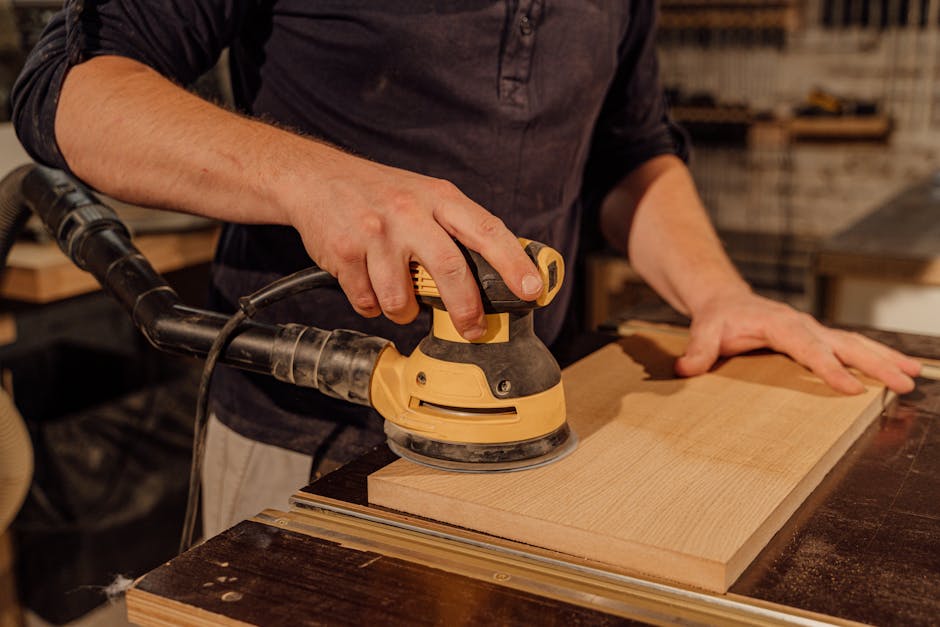Wood stains offer a variety of options to enhance the natural beauty of your wood projects. From oil-based to water-based, each type has its own characteristics that can affect your project. Understanding these differences will help you choose the right stain for your needs and achieve the best results.
Types of Wood Stains
Oil-based stains are known for deep penetration and delivering a richer color. They often use linseed oil as a binder, allowing for leisurely application since they take time to dry. An extra coat is usually just a matter of wiping down again. However, oil-based stains need good ventilation due to their noxious chemicals, and cleanup requires mineral spirits.
Water-based stains dry quickly and are easy to clean up with soap and water. They're great for small projects but might raise the wood grain, requiring extra sanding. Generally easier on the nose and environment, water-based stains might need multiple coats for a darker finish.
Varnish stains share traits with oil-based stains but dry hard. They can be trickier to apply because they dry quickly, leaving less time to wipe off excess. This means you need to plan your strokes and work fast.
Gel stains are ideal for woods like pine that have varied densities causing blotches. They're thicker and sit more on top of the wood rather than soaking in. Applying gel stain is like spreading jelly; it doesn't run, giving an even coat. However, they still need cleaning with mineral spirits.
Here's a handy table breaking down the types:
| Type of Stain | Advantages | Considerations |
|---|---|---|
| Oil-Based Stains | Deep penetration, richer color | Slow drying, noxious chemicals |
| Water-Based Stains | Quick drying, easy cleanup | Raises wood grain, softer colors |
| Varnish Stains | Hard-drying, durable finish | Quick application needed |
| Gel Stains | Even application on tricky woods | Messy cleanup with mineral spirits |
Picking the right stain depends on your project type and patience level. Oil-based for rich colors, water-based for quick jobs, varnish for a hard finish, and gel for tricky woods. Choose wisely and remember, a bit of prep work goes a long way to making your project shine.
Advantages And Disadvantages Of Wood Stain
Wood stains showcase the beauty of your wood, making natural grains pop with a variety of hues. They offer a range of options to complement your home's decor or enhance the wood's inherent beauty.
Advantages:
- Highlight Wood's Natural Beauty: Brings out the color and grain with a rich, deep finish.
- Variety of Colors: Options ranging from clear to tinted stains, easily matching any decor.
- Easy Application: Beginner-friendly, forgiving process that's hard to mess up.
Disadvantages:
- Limited Protection: Minimal defense against water damage, scratches, or heavy use without a topcoat.
- Challenging Removal: Deep penetration makes it cumbersome to strip if you decide to refinish.
While wood stains add aesthetic appeal to your project, remember to pair them with a protective topcoat for the best results. If you ever need to change the look, be prepared for some extra effort. Understanding these pros and cons will prepare you well for your next woodworking project.

Oil-Based vs. Water-Based Stains
The choice between oil-based and water-based stains depends on what matters most to you in a project—handling, durability, environmental impact, or health considerations.
Oil-Based Stains:
Pros:
- Deep Penetration: Delivers rich, long-lasting color.
- Even Application: Longer drying time allows for a smoother finish.
Cons:
- Cleanup: Requires solvents, which can be messy and smelly.
- Health Concerns: Need proper ventilation; involves exposure to harmful chemicals.
Water-Based Stains:
Pros:
- Easy Cleanup: Soap and water are all you need.
- Environmentally Friendly: Lower VOC content, safer for health and nature.
Cons:
- Grain Raising: Often lifts the wood grain, needing additional sanding.
- Fast Drying: Less forgiving when applying, especially on larger projects.
Choose oil-based stains for rich, even color on large pieces. Opt for water-based stains for smaller projects where quick drying and easy cleanup are priorities. Both have their place in woodworking, and knowing their strengths and weaknesses ensures you pick the right one for your project.
Applying Wood Stain To Your Furniture
Follow these steps to apply wood stain to your furniture:
- Preparation:
- Clear your work area
- Brush off dust and debris
- Sand the wood (start with coarser grit if needed, finish with 120-150 grit)
- Dust off again and wipe with a damp cloth
- Choose the right brush:
- Water-based stains: Use a synthetic brush
- Oil-based or solvent-based stains: Use a natural bristle brush
- Apply the stain:
- Dip the brush and apply following the wood grain
- Don't overload the brush; add more if needed
- Let it sit based on desired color depth (usually about a minute)
- Wipe away excess with a clean cloth, following the grain
- Drying:
- Follow manufacturer's instructions for drying times
- Allow each layer to dry fully before adding another coat or sealing
- Topcoat (optional but recommended):
- Once dry, apply a clear finish like polyurethane or varnish for protection
With patience and a steady hand, you'll transform plain wood into a stunning, stained showpiece. Happy woodworking!

Choosing the right wood stain is crucial for achieving a beautiful finish on your project. Understanding the pros and cons of each type will guide you in making an informed decision. Remember to pair your chosen stain with a protective topcoat for long-lasting results. Did you know that the oldest known wood stain dates back to ancient Egypt, where they used natural pigments to color wood?1 This ancient practice has evolved into the diverse range of stains we have today, allowing for endless possibilities in wood finishing.
- Hirst KK. The History of Woodworking Tools. ThoughtCo. 2019.
